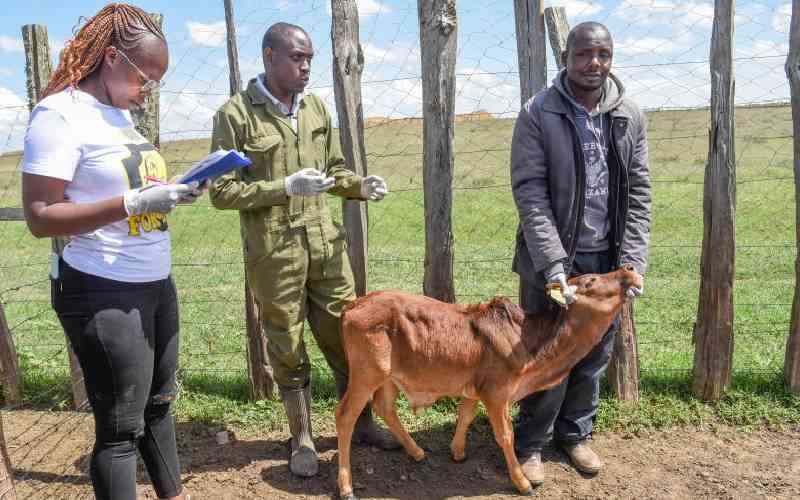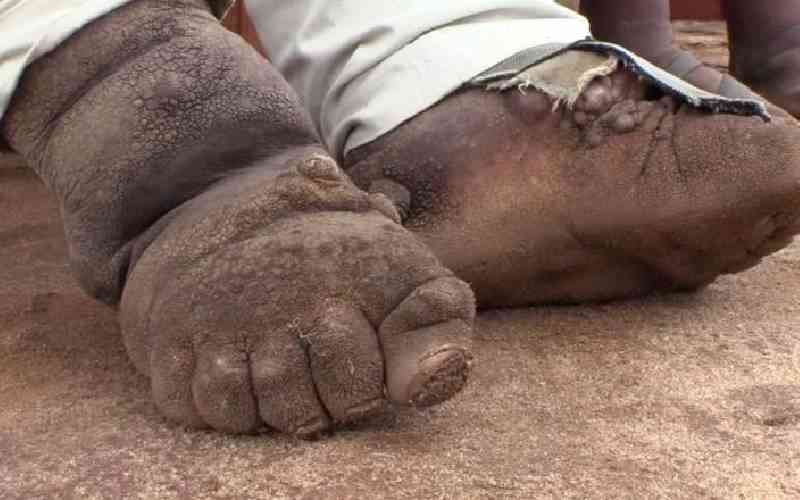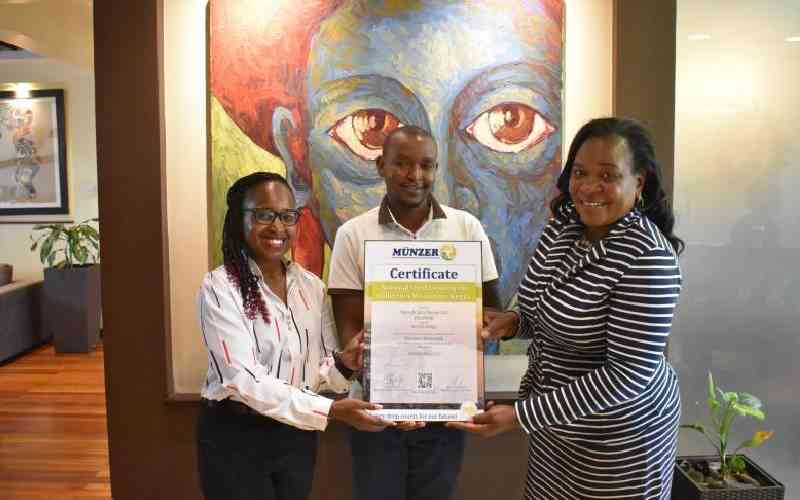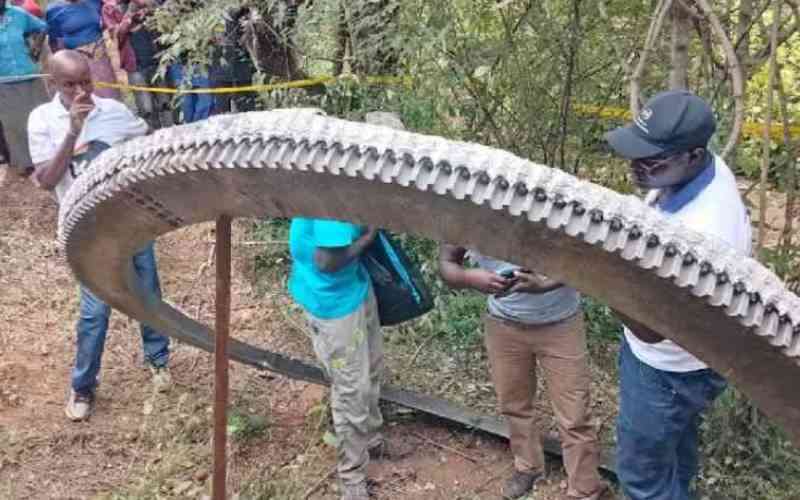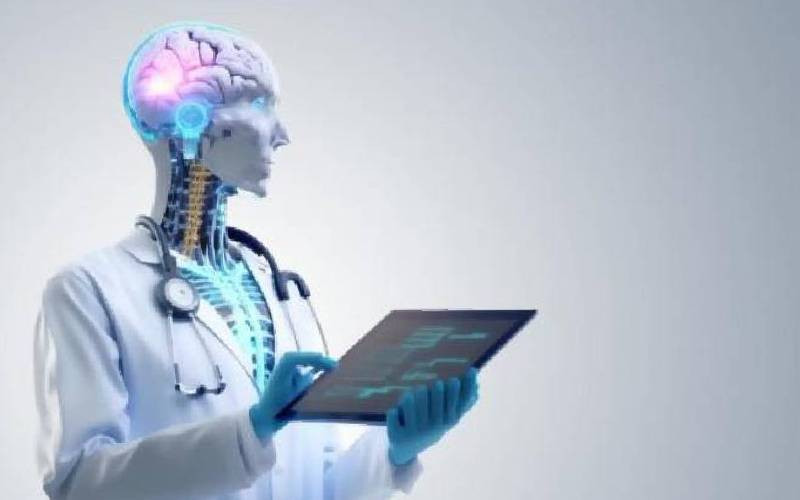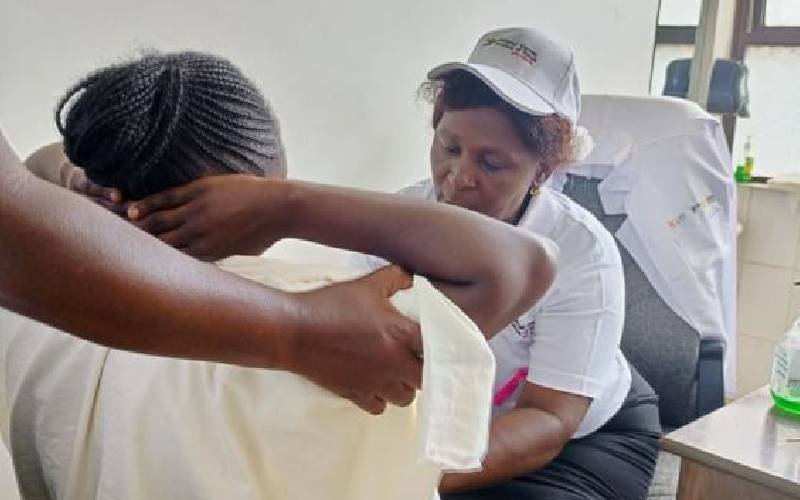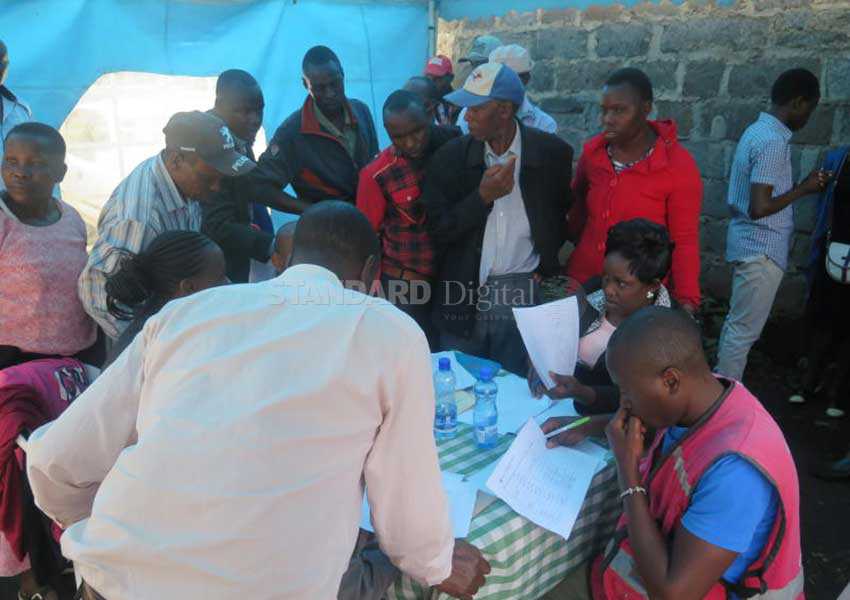
An autopsy (also known as a postmortem examination or necropsy) is the examination of the body of a dead person and is performed primarily to determine the cause of death, to identify or characterise the extent of disease states that the person may have had, or to determine whether a particular medical or surgical treatment has been effective.
According to mortician Chebi Subisiso, postmortem cases differ depending on the need. Some families simply want to find out the cause of death of their relative while other cases, it is mandatory.
“Medico-legal cases are compulsory; in such cases, close family members, investigating officers and a Government pathologist must be present,” he said.
“Families suspecting foul play or negligence and want to ascertain the real cause of death, and the accused hospital doctor must be present.”
Most postmortems are carried out by pathologists who specialise in histopathology, the laboratory study of disease and of diseased tissue.
Normally, the procedure is done in a hospital mortuary in a special examination room, which is a similar to an operating theatre.
“The family identifies the body then the investigating officer fills a form confirming everyone present and the nature of the case. The Chief Government Pathologist in charge of carrying out the autopsy observes if the body has any physical injuries and the possible causes,” said Mr Subisiso.
The pathologist then performs an incision to open up the body and observe the inner organs.
“A long incision is made down the front of the body to enable the internal organs to be removed and examined from the abdomen or the head. A single incision across the back of the head allows the top of the skull to be removed so that the brain can be examined. Organs are observed to look for any abnormalities such as blood clots or tumours,” he said.
If further information is required, small pieces of organs or body fluids like blood may be retained for examination and further analysis by a Government chemist.
“Only a piece of an organ is taken, never the entire organ,” he emphasised.
The Government pathologist fills a postmortem exhibit form, which has all the details of the steps taken during the procedure, the organs studied, specimens taken and for what reasons, and the findings.
“The form is usually kept in the custody of an investigating police officer while a note handwritten in prose indicating the determined cause of death and signed by the pathologist is given to the family,” he added.
 The Standard Group Plc is a multi-media organization with investments in media platforms spanning newspaper print
operations, television, radio broadcasting, digital and online services. The Standard Group is recognized as a
leading multi-media house in Kenya with a key influence in matters of national and international interest.
The Standard Group Plc is a multi-media organization with investments in media platforms spanning newspaper print
operations, television, radio broadcasting, digital and online services. The Standard Group is recognized as a
leading multi-media house in Kenya with a key influence in matters of national and international interest.



